Atlantic Changes Are Warming Antarctic
What happens in one part of the world can have surprising long-distance effects on another -- and that includes climate change.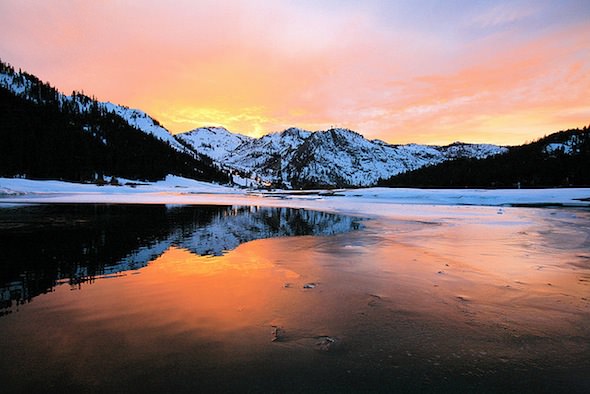
By Tim Radford, Climate News NetworkThis piece first appeared at Climate News Network.
LONDON — The Antarctic Peninsula is now the strongest-warming region on the planet. Blame that on changes in the faraway North and tropical Atlantic Ocean.
Xichen Li of New York University in the US and colleagues matched sea surface temperature variations in the northern Atlantic over a three-decade period against long-term changes in the Antarctic. They found a clear correlation, they report in Nature.
They also observed that warming Atlantic waters were followed by changes in sea level pressure in the Antarctic’s Amundsen Sea, and these changes also preceded changes in sea ice between the Ross and Amundsen-Bellinghausen-Weddell Sea. Both stretches of water lie many thousands of miles south of the Atlantic.
Correlations are not causes, so the authors then followed up their observational data by experiments with computer models of the global atmosphere. When they simulated a warming of the North Atlantic, the model “changed” the climate in Antarctica.
That Pacific Ocean temperatures can affect Antarctica is no surprise: such things have been linked to the El Niño cycle, a periodic natural pulse of heat in the equatorial Pacific.
Icy paradox
But until this study, no-one had thought to link Antarctica with long-term changes in the North Atlantic,and in particular, a climatic phenomenon known as the Atlantic multidecadal oscillation, a cycle of natural warming and cooling that can last for 20 to 40 years.
“Our findings reveal a previously unknown – and surprising – force behind climate change that is occurring deep in our southern hemisphere: the Atlantic Ocean”, says Li. “Moreover, the study offers further confirmation that warming in one region can have far-reaching effects in another.”
The Antarctic presents a paradox: the sea ice in the Arctic is declining rapidly; but conditions in the Antarctic don’t seem to have been changing at the same rate or in the same pattern. Concentrations of ice have changed but there seems to be as much sea ice or more, overall.
David Holland of New York University, a co-author, says: “From this study, we are learning just how Antarctic sea ice redistributes itself, and also finding that the underlying mechanisms controlling sea ice are completely distinct from those in the Arctic.”
Your support matters…Independent journalism is under threat and overshadowed by heavily funded mainstream media.
You can help level the playing field. Become a member.
Your tax-deductible contribution keeps us digging beneath the headlines to give you thought-provoking, investigative reporting and analysis that unearths what's really happening- without compromise.
Give today to support our courageous, independent journalists.

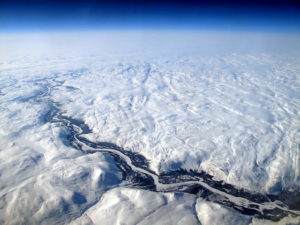
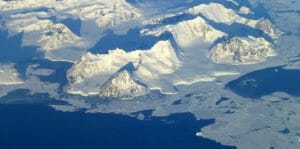
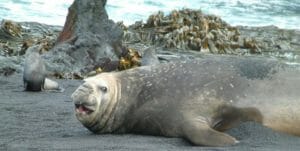
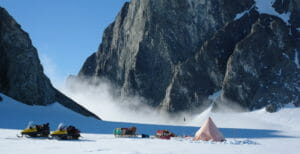
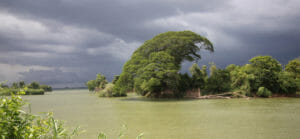
You need to be a supporter to comment.
There are currently no responses to this article.
Be the first to respond.